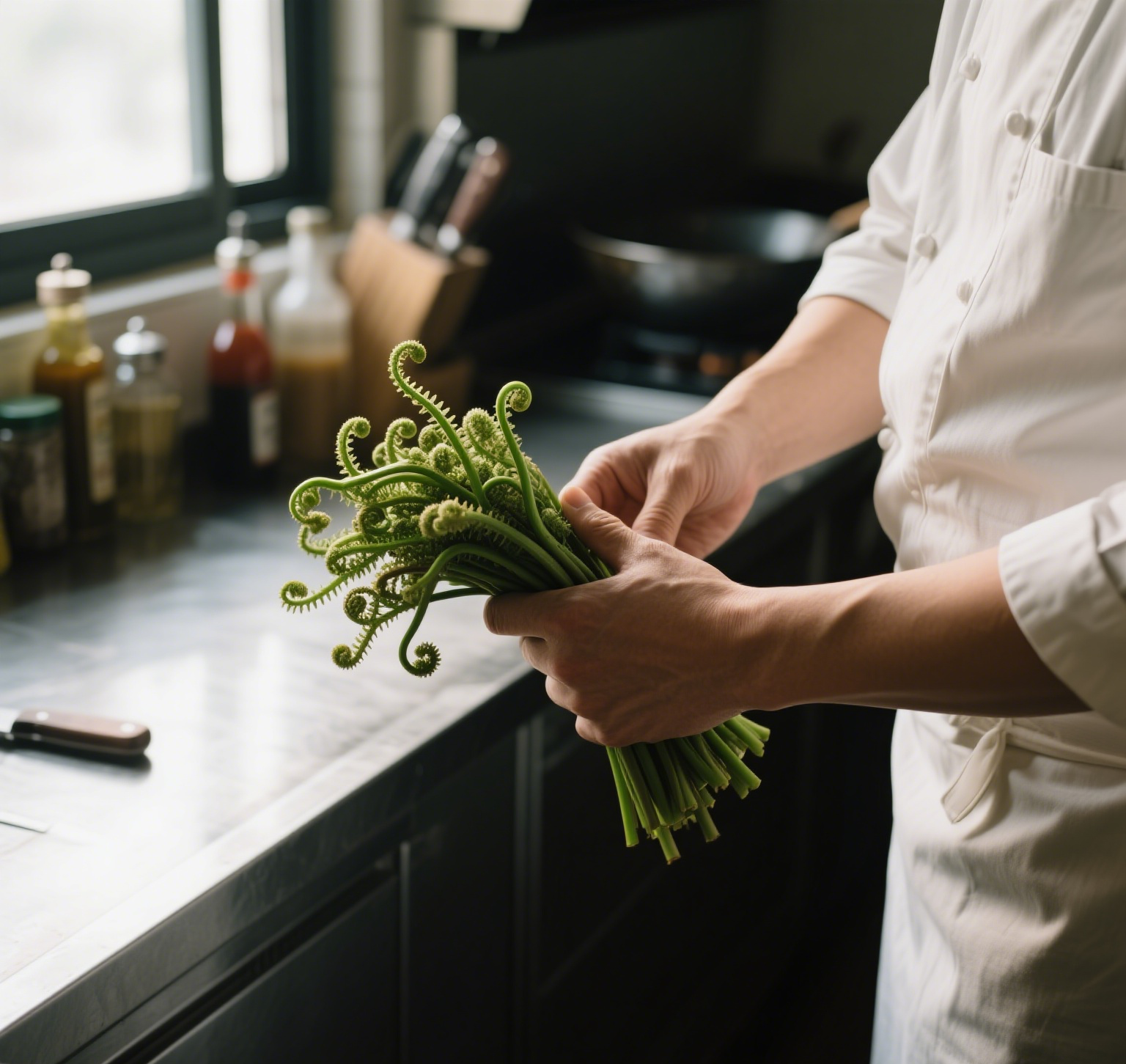Physical Address
304 North Cardinal St.
Dorchester Center, MA 02124
Physical Address
304 North Cardinal St.
Dorchester Center, MA 02124
Are Fiddlehead Ferns Safe to Eat? The Curly Truth About Nature’s Tasty Scrolls
If vegetables threw parties, fiddlehead ferns would show up wearing sequined spiral dresses. These whimsical, coiled greens look like something out of a fairy tale—or the result of a zucchini and a snail having a secret love affair. But before you toss these emerald scrolls into your skillet, let’s answer the million-dollar question: Are fiddlehead ferns safe to eat? Spoiler: Yes… if you treat them right. Let’s unravel this culinary mystery.

Fiddleheads are the adolescent version of ferns, harvested in early spring before they unfurl into full-leafed adulthood. Named for their resemblance to the scrolled head of a violin (fiddle, get it?), these curly greens have been foraged for centuries. They taste like a cross between asparagus, spinach, and mischief—earthy, slightly bitter, and utterly unique.
But here’s the kicker: Not all ferns are foodie-approved. Only certain species, like the ostrich fern (Matteuccia struthiopteris), are safe to eat. Others? Let’s just say they’d RSVP “no” to your digestive system’s dinner invitation.
Fiddleheads have a reputation for being slightly high-maintenance. Think of them as the diva of the vegetable world—delicious but demanding. Raw or undercooked fiddleheads can harbor bacteria or contain mild toxins, leading to gastrointestinal mutiny (read: stomach cramps, nausea, or worse).
Why the risk?
But fear not! With proper prep, fiddleheads transform from “questionable” to “culinary rockstar.”
Follow these steps to avoid turning dinner into a Darwin Awards audition:
Pro Tip: Fiddleheads pair brilliantly with butter, garlic, lemon, or bacon. Because let’s be real—everything pairs well with bacon.
Humans have flirted with fiddleheads for millennia. Indigenous tribes in North America boiled them as spring tonics, while Victorian foragers treated them like edible jewelry. Even medieval Europeans nibbled on fern fronds during famines (though they probably complained about the lack of salt).
But the real plot twist? Fiddleheads are packed with nutrients—omega-3s, iron, antioxidants—making them the hipster cousin of kale. Move over, avocado toast.
Once rendered safe, fiddleheads shine in:
Or keep it simple: Sauté with olive oil, then whisper, “You’re my favorite spring fling” as you serve them.
Respect the fern. These aren’t veggies you can lazily munch straight from the bag like baby carrots. They demand attention, a dash of courage, and a willingness to embrace their quirks. As food writer M.F.K. Fisher once said, “First, we eat. Then, we do everything else.” Just maybe wash your hands first.
So, are fiddlehead ferns safe to eat? Absolutely—if you cook them like your stomach’s safety depends on it (because it does). They’re a fleeting spring treasure, a conversation starter, and proof that Mother Nature has a sense of humor.
Remember: Life’s too short for boring vegetables. Fiddlehead ferns aren’t just food—they’re adventure on a plate. Now go forth and sauté fearlessly.